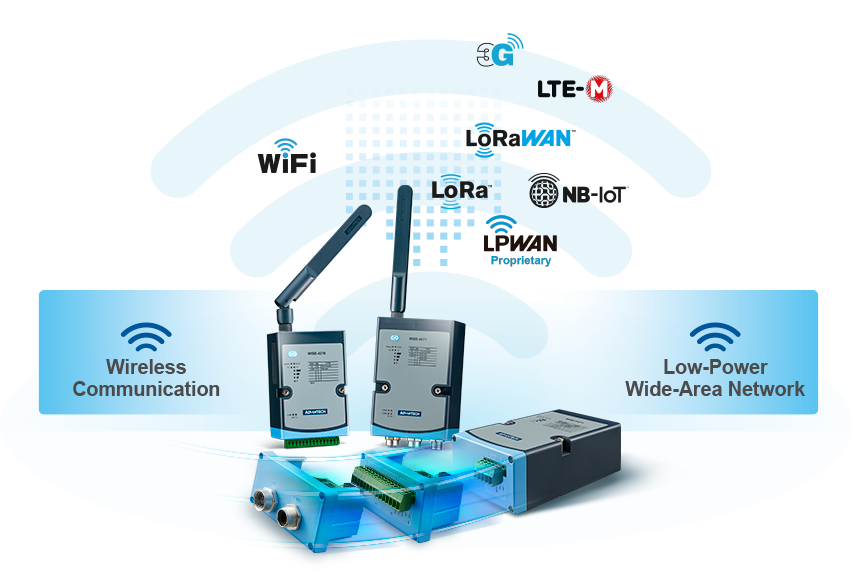Technology
Planning For An Industrial Wireless Network? Read This

If it weren’t for cutting-edge communications technology, the digitization of industry wouldn’t be possible. There are now more opportunities for expanded industrial wireless solutions and capabilities with a much wider range of users and use cases because smartphones and tablets have increased and the emergence of Industry 4.0.
When you consider the value of what you are monitoring, installing an industrial communications network is a significant undertaking. Before developing their industrial wireless standards, companies should ask and answer the following.
Who will be engaged in the development?
One executive sponsor is required for corporate standards projects to guarantee that wireless standards are aligned with current business policy. Other than business and financial goals for one, three, five years, the executive sponsor will also explain the organization’s expectations for funding. If you want to have a diverse team, include at least one member from each department listed below. To better understand what should be included in wireless standards, we need to look at diverse views.
Know the needs of your application.
Finding out how much data will be sent and received by a network application’s clients is crucial for network planning and design purposes. Employ this information to decide which Wi-Fi technology to use and how many access points are needed to achieve the specified throughput. Wi-Fi systems have a maximum throughput of 50-60% of the total bandwidth of the Wi-Fi technology used. This is related to Wi-Fi systems’ control and administration overhead. This means that if your program requires more than what is available, then it will not operate.
Be aware of how your application will transmit and receive information.
As a result, many of the protocols used in the industry deliver tiny data packets of only a few hundred bytes. The use of big data blocks, such as video or data storage, necessitates the transmission of thousands of bytes in other applications. This helps you to make an educated selection about which Wi-Fi technology is best suited for the intended application by understanding the features of how your program will utilize it. If not available, the program will not function.
What elements should be addressed when evaluating existing or future wireless technologies as part of a wireless standard?
For this reason, it is necessary to develop not just a list of assessment factors but also a weighted value for each. For example, evaluate and weigh the following factors:
- Security/cyber security risk
- Coverage range
- Use environment
- Fastness and dependability,
- Installation, security, and maintenance costs
- Lifecycle of products
- Compatibility
Know what your application’s roaming requirements are before you start.
As customers use industrial wireless networks, they often roam around a site. If you’re interested in finding out where something is headed towards in the future, you can utilize a client. They may also be employed to control machines such as conveyor belt systems, rail carriages, or cranes that are in motion. The system designer should monitor objects moving between access points to determine how much delay the end application can accept.
Know the difference between directly attached and external antennas.
It is typical for access points to include built-in or directly attached antennas in business or office contexts. The engineer must pay special attention to the antenna gain and account for all the losses caused by the cables and connections. LMR-200 cable provides acceptable low signal attenuation for short cable distances. Make careful to use LMR400 or above for lengthy cable lengths to reduce the loss of the cable.
Create a channel allocation plan for your business.
The channels used on each neighboring access point should be identified when utilizing more than one access point or another access point in the region. Avoid utilizing the same channel as a nearby access point.
Unquestionably, the usage of industrial wireless radio and technologies will continue to grow as use cases demonstrate the feasibility and versatility of these solutions. Creating a diversified wireless standards team and updating the Wi-Fi guide would be beneficial for companies. To make matters worse, the company should toss aside the Wi-Fi Handbook and analyze whether industrial wireless technologies now on the market are strategic solutions.

















